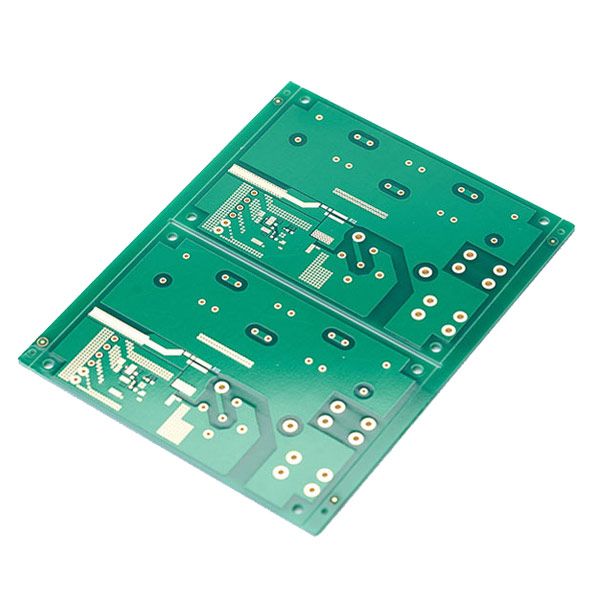Double-Sided PCB

What are double sided PCBs
Double sided PCBs are a popular choice in the industry when it comes to printed circuit boards, as they allow for more complex designs, circuits and thus benefits for products.
Unlike single sided PCBs, double sided PCBs can mount the conductive copper and components on both sides of the board, as opposed to just the one. These double sided boards allow for closer routing traces as they can alternate between the top and bottom layers using vias. This can be very useful in many electronic products as the circuits on one side of the board can be connected to the other with the help of holes drilled onto the board.
Benefits of double-sided PCBs
Due to how they’re manufactured, double sided PCBs are a great choice thanks to their ease of use and flexibility. They also offer increased circuit density as the second layer means there is more capacity for PCB components than on single sided PCBs.
With this increased space, double sided PCBs use a more complex circuitry, meaning they are great for more advanced electronic systems such as lighting and car dashboards. These benefits can also come with a reduction in production cost because double sided boards are often smaller in size than other PCBs.
How are the boards connected?
Components on the two boards are either connected through surface-mount technology or through-hole technology, depending on the needs of your product. All the usual layers that are used in a single sided PCB, such as the substrate, copper layer, silkscreen and solder mask, are used for a double sided PCB. However, these are applied to both sides of the board instead of just one.
How Are Double Sided PCBs Made?

Benefits Of Double Sided PCBs
- More flexibility for designers
- Increased circuit density
- Relatively lower costs
- Intermediate level of circuit complexity
- Reduced board size (which can reduce costs)
Applications Of Double Sided PCBs
THE FOLLOWING ARE APPLICATIONS IN WHICH DOUBLE SIDED PCBS CAN BE USED:
- Industrial controls
- Power supplies
- Converters
- Control relays
- Instrumentation
- Regulators
- UPS systems
- Power conversion
- HVAC
- LED lighting
- Hard drives
- Printers
- Phone systems
- Power monitoring
- Automotive dashboards
- Line reactors
- Test equipment
- Amplifiers
- Traffic systems
- Vending machines